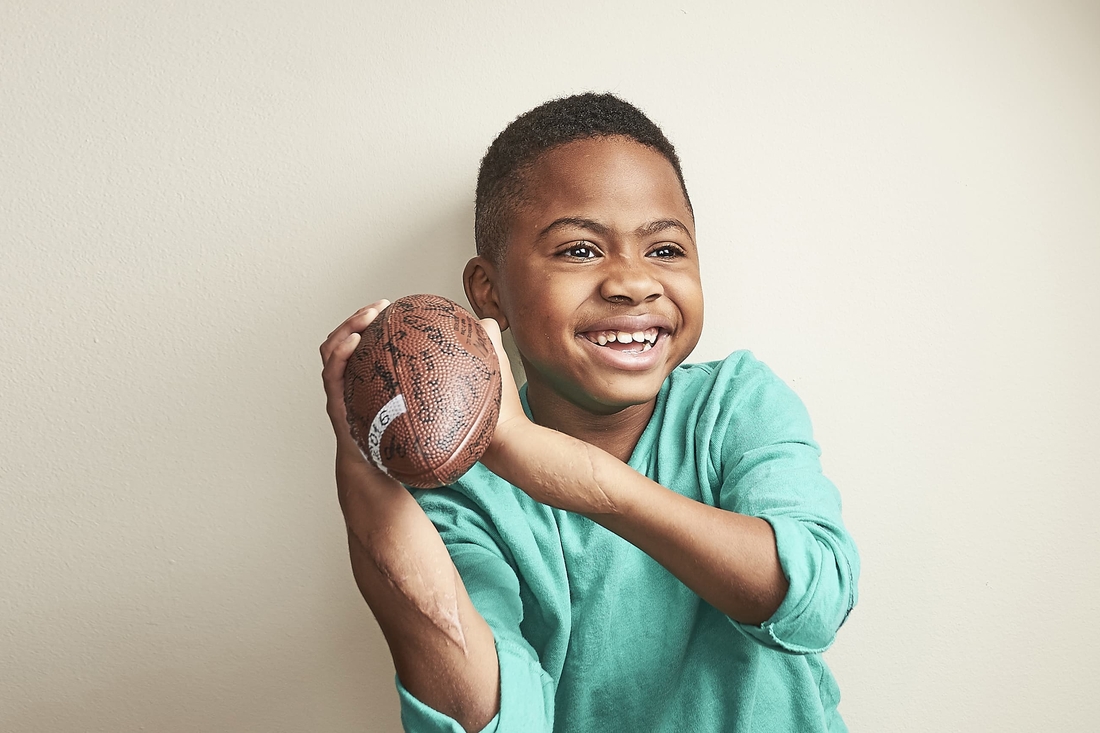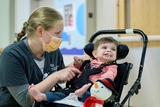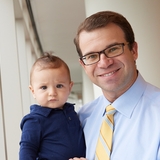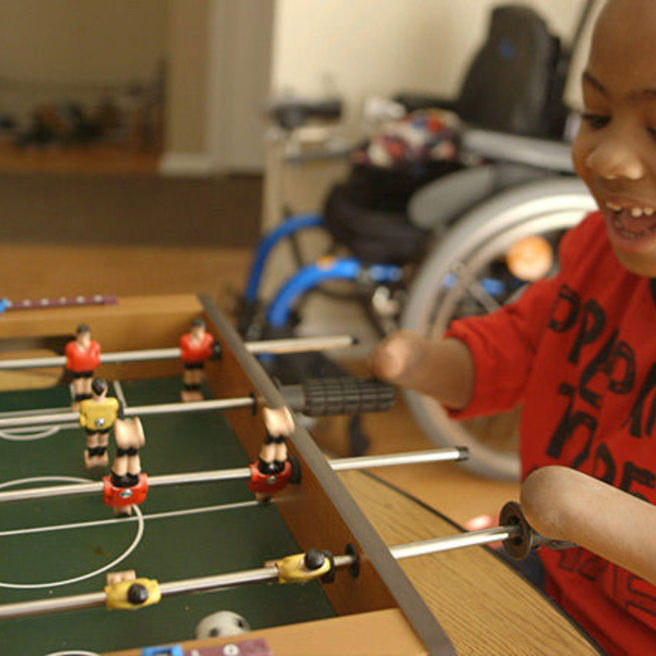Hand Transplantation Program

Surgeons at Children’s Hospital of Philadelphia (CHOP) were the first in the world to perform a bilateral hand transplant on a child. If your child has undergone the amputation of one or two hands, our goal is to help your child regain function and independence.
We offer:
- In-depth evaluation of candidates for this complex surgery
- Management of the waiting list for eligible patients through the United Network for Organ Sharing (UNOS)
- Communication with the Gift of Life Donor Program, a nonprofit organ and tissue donation program in our region
- 3D modeling to help in the selection of donor limbs
- Extensive pediatric surgical expertise
Our extensive support team will be by your family’s side through every stage of the hand transplant process.

Why choose our Hand Transplantation Program
Our surgeons, who regularly operate on the tiniest patients, are among the best in the world at performing microvascular surgery. This surgery uses sutures finer than a human hair to connect arteries, veins and nerves.

Meet your team
Your child's team will include dozens of experts to help your whole family through the waiting period, surgery, recovery and rehabilitation. We will give you the highest level of support.

Our research
Physicians and researchers from the Hand Transplantation Program are regular contributors to the most respected clinical publications.

Our resources
We have gathered resources to give you information and help you find answers to your questions. We hope this makes your family's life a little easier.
Hand transplant eligibility
We have a comprehensive evaluation process, including many tests your child will undergo, in order to be put on the hand transplant waitlist.
Your donation changes lives
A gift of any size helps us make life-changing breakthroughs for children everywhere.

